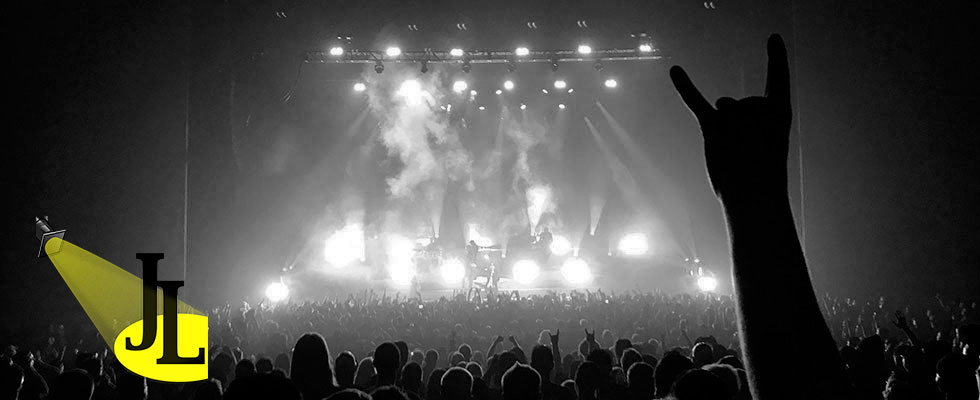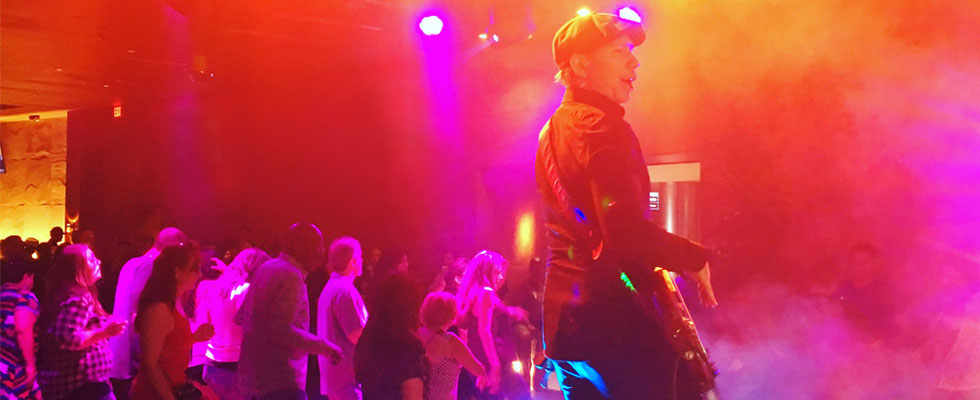
When I signed up for my HMO health care provider, I chose a D.O. over a M.D. In my research, I found that while both save lives and treat illness everyday the D.O. focuses on the “whole” person while the M.D. seeks to address the disease itself.
Much like my medical provider preferences, I have found that the holistic approach to management may be best in the live entertainment field as well. This is due to two primary issues inherent in our industry. The first is there are numerous stakeholders with varying agendas working on a single project (the show). Many times these needs clash with one another. For instance, the artist may feel like the bass is overpowering her vocals, making it difficult for her to reach specific notes. However, the sound guy argues that the current bass mix is paramount to the best F.O.H. sound. Off stage, the waitstaff feels the overall volume is too loud, making it difficult for them to take drink orders while customers in one section feel as though they are struggling to hear the boom stick. Each one of these stakeholders has different needs regarding this one element of the show – the bass EQ. Making matters worse, this is just the tip of the iceberg. There are additional sound frequencies that must be addressed along with lighting, seating, ticket pricing, bar service, security, and parking among others, resulting in a litany of stakeholders’ needs that must be balanced.
Contributing further to the need for a holistic approach is the subjective (and at times emotional attachment) these stakeholders place on the final product. This is especially true when there is a lack of communication between senior leadership and line-level employees. For example, a bartender may enjoy the light jazz he has always had in his room because he is a fan of Coltrane and it allows him to chat with his guests more freely. However, management has decided to attract a different demographic and in doing so has shifted entertainment to hip-hop, a style of music the jazz-loving bartender feels is nothing more than noise.
These two underlying issues in the venue space make reactionary approaches to problem solving oftentimes inefficient and short lived. This is because the quick-reflex tactic will likely address the problem, but only appease one stakeholder group, leaving the other factions feeling alienated. This alienation is only exasperated by their emotional attachment to the product, which can increase the probability that (given the chance) they will work outside the box to return to the environment they once deemed as satisfactory. This could lead to them challenging the new initiative a number of ways such as poor performance, internal gossip, and negative appeals to customers – all of which can ruin the guest experience and put the organization’s mission, strategy, and profitability in jeopardy.
While management will never have 100% buy-in from such a diverse and emotionally charged group of stakeholders, they can mitigate this risk by simply stepping back and analyzing the issue from a holistic approach much like a D.O. would do. For example, a few months ago there was a huge problem with volume at a venue I manage. Waitstaff in a particular location couldn’t hear their customers, so they demanded that the volume be turned down. The sound technicians obliged immediately and brought down the overhead speakers that made up the house. However, the volume was never low enough for the waitstaff who continued to complain and thus the cycle continued until there was nearly no sound in the house. The reactionary approach to the problem was not working and a result was needed. The technicians and myself decided to step back and walk the room. We stood by the bartenders who were having trouble hearing their customers and traced the problem to the position of the artist’s monitors. We then spoke with the artists, who informed us that they relied on the house system to hear their vocals and when it got lowered they needed to make-up the difference via their monitors, so they would turn them up. Stepping back, speaking with all stakeholders involved, and walking the room revealed that the reactionary problem solving approach of arbitrarily lowering the volume was actually contributing to a louder environment and making the problem worse. Instead, we followed a holistic approach, which led to true results that helped appease all involved and moved the program forward.
The take-a-way from this should be that it never hurts to slow down, step-back, and seek out the root of a problem. Most of the time it will only take a minute and a simple fix is all that is needed. However, the few minutes it takes to analyze the problem offers a host of benefits. As mentioned, it will provide keen insight into a potentially larger issue that will only re-occur or get worse if not properly addressed. In addition, there are numerous indirect benefits to the holistic problem solving approach. For example, it will force you to speak with and (more importantly) listen to your line-level employees. The benefits of listening to your troops on the ground are tremendous. They know your customers (probably better than you), have a unique view of the day-to-day operations, and can offer suggestions to better the guest experience, work environment, and profitability. After you are done listening, you can explain your plans to address the issue with them. They will see this as a sign of respect, which may help them buy into your ideas and act more patient as your plans unfold.
While this post is focused on my experience in the entertainment industry, the concept of tackling problems holistically can be carried over to many organizations. Give it a shot and let me know the outcome in your business model.
Photo Credit: Gavin Schaefer from Flickr.



